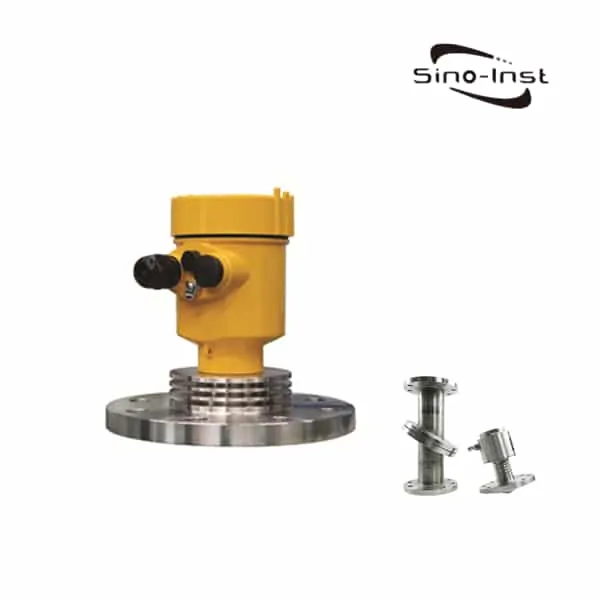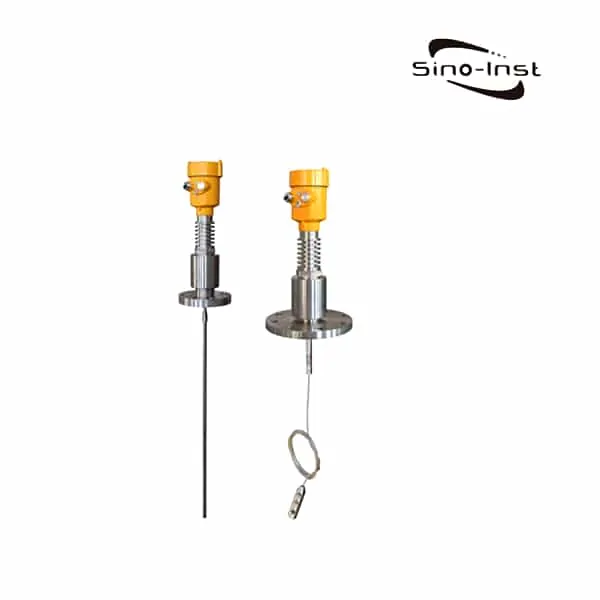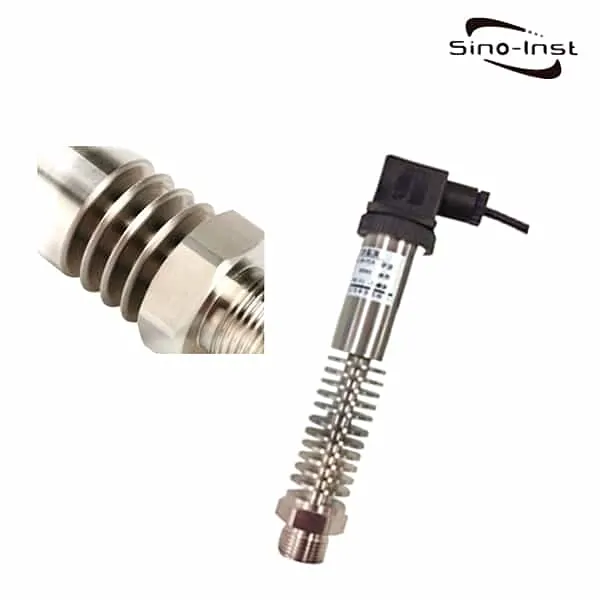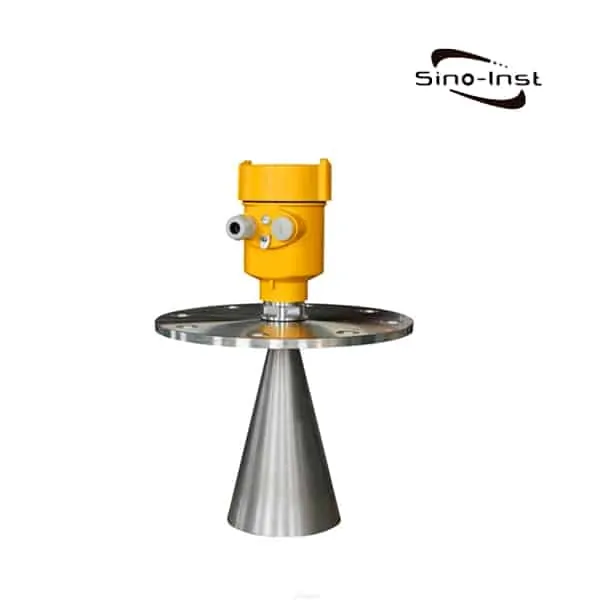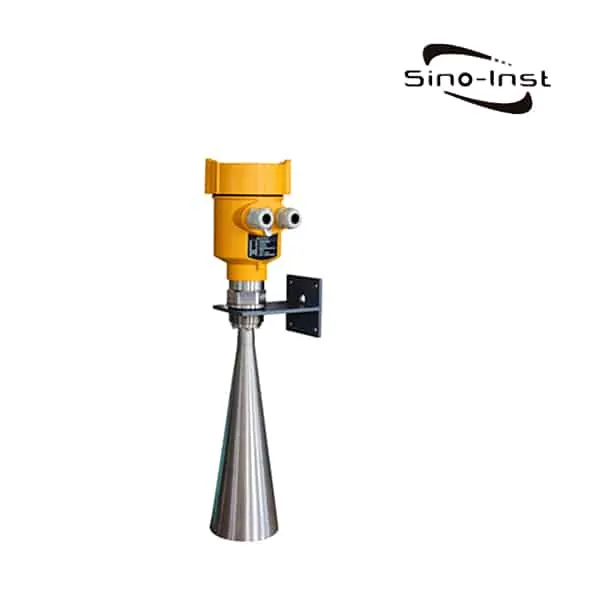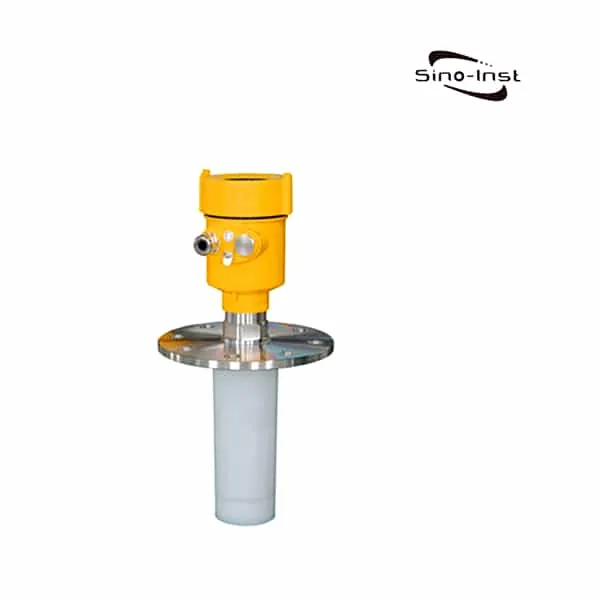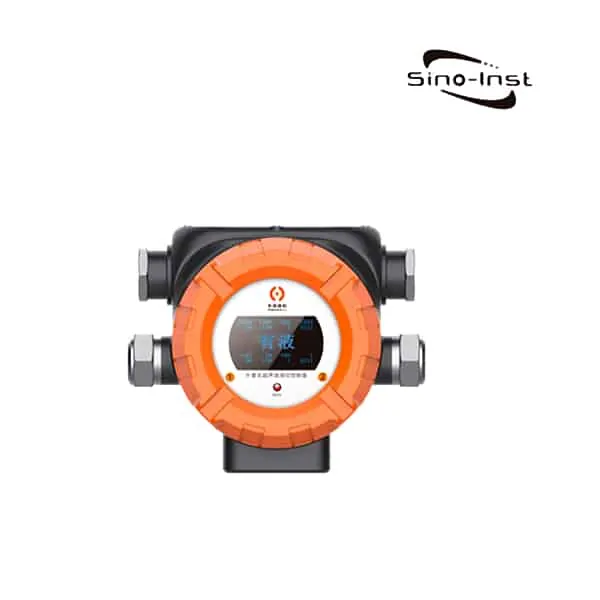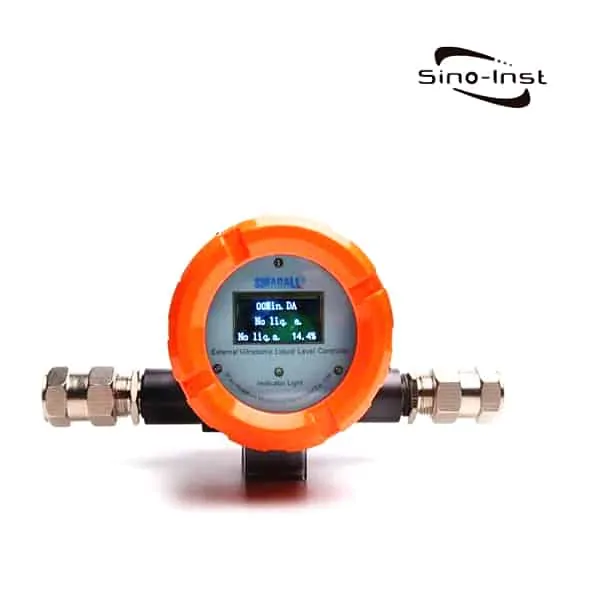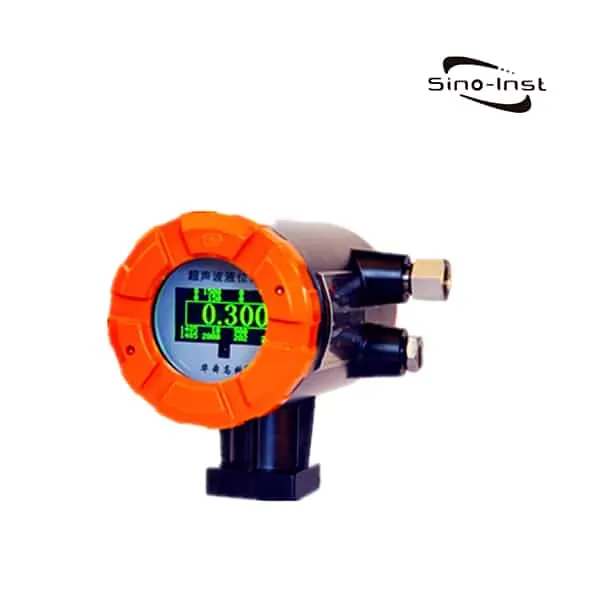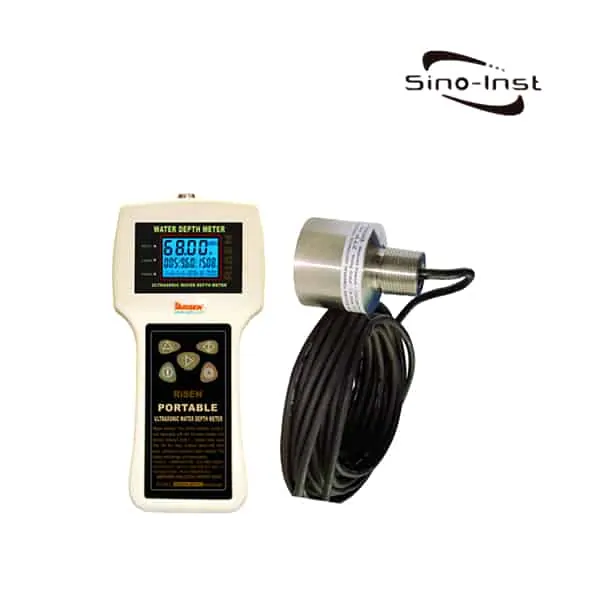High Temperature Level Sensor is used for high temperature tanks. Especially for solid measurement under high temperature environment. Such as blast furnace material level measurement.
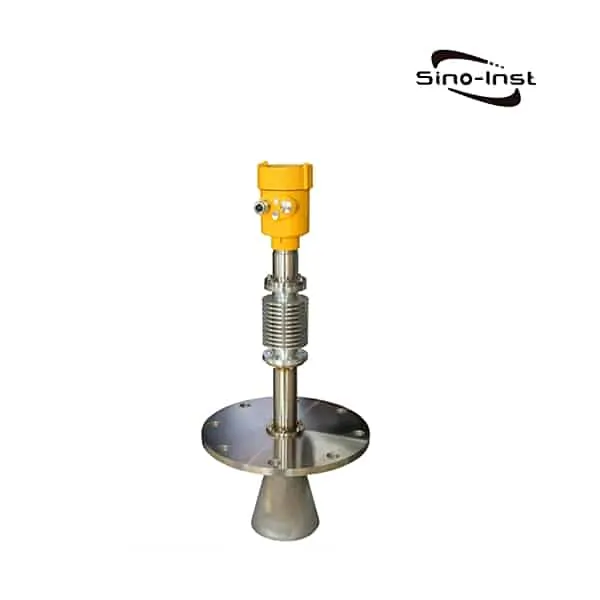
High Temperature Level Sensor can be used for level measurement of bulk solids at high process temperatures up to +400 °C. SIRD-806 Radar High Temperature Level Sensor can be used universally for continuous level measurement of bulk solids at high process temperatures. Output 4~20mA Superimposed HART signal. Often used in blast furnace level measurement.
Sino-Inst offers a variety of FMCW Radar Level Transmitters for industrial level measurement. If you have any questions, please contact our sales engineers.
Features of SIRD-806 Radar High Temperature Level Sensor
- No blind spots. High precision.
- The two-wire technology is an excellent alternative to differential pressure meters, magnetostrictive, radio frequency admittance, and magnetic flap meters.
- Not affected by pressure changes, temperature changes, inert gas, vacuum, smoke, steam, etc.
- Easy to install, durable and maintenance-free.
- HART or PROFIBUS-PA communication protocol and fund field bus protocol. The calibration is simple and easy to realize the on-site calibration operation through the digital LCD display. Realize simple configuration setting and programming through software GDPF.
- The measurement is sensitive and the refresh speed is fast.
- Suitable for high temperature working conditions, up to 200°C process temperature, up to 300°C when using high temperature extension antenna.
Specifications of SIRD-806 Radar High Temperature Level Sensor
| Applicable medium: | Solid, especially medium measurement in high temperature environment |
| Application: | Blast furnace level measurement |
| Explosion-proof certification: | Exia IIC T6 Ga/Exd IIC T6 Gb |
| Measuring range: | 15m |
| Antenna: | Horn antenna |
| Frequency: | 6 GHz |
| Process temperature: | (-40~400)℃ |
| Measurement accuracy: | ±20mm |
| Process pressure: | (-0.1~0.3)MPa |
| Signal output: | (4~20)mA/HART |
| On-site display: | Four-digit LCD programmable |
| Power supply: | Two-wire system (DC24V) Four-wire system (DC24V/AC220V) |
| Repeatability: | ± 1mm |
| Housing: | Single cavity/Aluminum Double cavity/Plastic/Stainless steel Single cavity |
| Process connection: | Flange |
Extended Reading: Case: High Temperature Radar Level Transmitter for Melted Salt-Solar Photovoltaic Power Station
SIRD-806 Radar High Temperature Level Sensor Applicaiton
1) Iron and steel metallurgy: CDQ pre-storage room. Coal bunker, iron ore, and the top of CDQ pre-storage room of Coke Dry Quenching device (CDQ). Radar waves are emitted to continuously measure the inside of CDQ pre-storage room Red hot coke level
2) Cement industry: raw material warehouse, clinker warehouse, rotary kiln, petroleum coke and finished cement warehouse
3) Power industry: fly ash warehouse, pulverized coal warehouse
Extended reading: Solid flow meter | For bulk solids-powder-soybean-cement
Application of Radar High Temperature Level Sensor in Blast Furnace
The level of the blast furnace is a very important measurement data in the steel industry. It plays a very important role in the quality control of steel production, the improvement of production efficiency and the improvement of production safety.

The level measurement points on the blast furnace include the measurement of two kinds of media: the level measurement of the furnace top mineral material and the level measurement of the molten iron of the torpedo tanker.
However, due to these conditions, the process temperature is very high (generally more than 300 ℃). Level measurement on blast furnaces has always been a problem.
Extended reading: GWR Solid Level Sensor-for Cement silo-Ash powder measure
For a long time, major steel manufacturers have been committed to finding an economical solution with long service life, reliable performance, low maintenance, and high measurement accuracy.
In the working condition of a blast furnace, there are usually three main measurement requirements for level measurement:
Blast furnace material level measurement;
Level measurement of blast furnace distribution bin;
Torpedo tank hot metal level measurement.

Extended Reading: Featured Silo Level Sensors
- Blast furnace material level measurement.
Need to use the level sensor to measure the mineral material to be added to the blast furnace. The control of the material level needs to ensure that the material level is maintained at a certain height. The height of the blast furnace silo cannot be empty. Otherwise, there is no guarantee that the mineral material of the cloth bin will be supplied in time. Do not make the silo material level too full, resulting in overflow. Generally, the maximum measurement range required for this measurement point is about 5-6 meters. - The main difficulty in measuring the slag level of the blast furnace distribution bin is: the temperature at the top of the bin top is very high, generally exceeding 600°C. The top thickness of the silo roof is relatively large, generally about 1 meter to 1.5 meters.
The outlet temperature at the installation location of the level gauge generally exceeds 600°C. After repeated research, it is found that the high temperature is mainly caused by the radiant heat of the high temperature medium in the warehouse. Guide wave elbow can be made to avoid the high temperature gas at the outlet of the warehouse roof installation.
In addition, in order to reduce the influence of conduction heat, the length of the entire waveguide is more than 2 meters. So that the high temperature gas in the tube can get enough cooling pipe section. After installing the guided wave elbow, the temperature of the installation flange is less than 100℃. - Measurement of molten iron in torpedo tanks.
The temperature of molten iron is as high as 1000℃ or more. But because the measured medium is liquid, the main problem to be solved is how to solve the problem of high temperature.
At this measurement point, three different methods can be used to solve the high temperature problem.
- Install compressed air channels on the extended installation standpipe. Inject compressed air to reduce the process temperature of the horn antenna port of the radar level gauge.
- Design of guided wave elbow. Avoid ultra-high temperatures caused by radiation.
- Keep a certain distance between the horn antenna of the radar level sensor and the installation port. To reduce the ultra-high temperature in the process.
The application of the radar level sensor on the blast furnace can take full advantage of the characteristics of solid-type radar, and the cost performance is very high. Radar High Temperature Level Sensor provides an ideal solution acceptable to customers for blast furnace level measurement applications.
Extended reading: Radar level sensor for solids – Dust solid level measurement
Featured High Temperature Level Sensors
High temperature tank level sensor
High temperature liquid level sensor
High temperature Non-contact level sensor
Sino-Inst offers over 10 Radar High Temperature Level Sensors for level measurement. About 50% of these are Radar level meters, 40% is the tank level sensor.
A wide variety of Radar High Temperature Level Sensors are available to you, such as free samples, paid samples.
Sino-Inst is a globally recognized supplier and manufacturer of radar level measurement instrumentation, located in China.
Request a Quote

Wu Peng, born in 1980, is a highly respected and accomplished male engineer with extensive experience in the field of automation. With over 20 years of industry experience, Wu has made significant contributions to both academia and engineering projects.
Throughout his career, Wu Peng has participated in numerous national and international engineering projects. Some of his most notable projects include the development of an intelligent control system for oil refineries, the design of a cutting-edge distributed control system for petrochemical plants, and the optimization of control algorithms for natural gas pipelines.

